Ramping up preparedness amid severe heatwaves
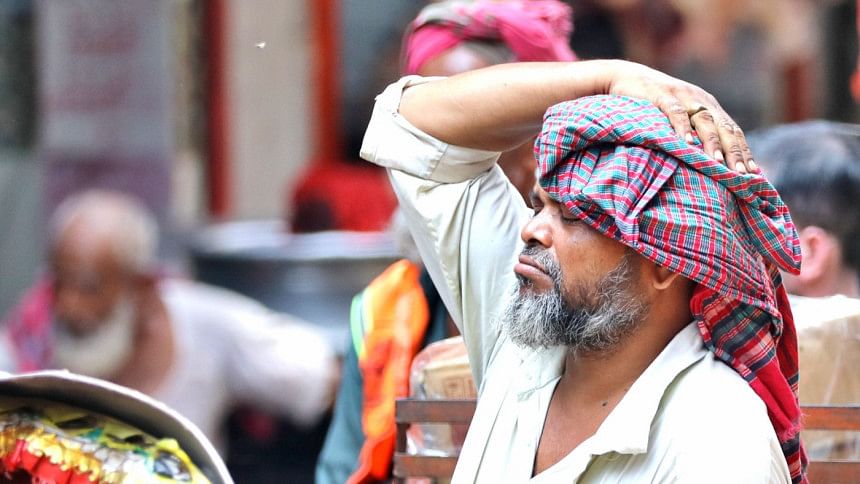
As Bangladesh grapples with the El Nino year of 2023-2024, a relentless heatwave tightens its grip on various regions of the country. Recent reports from the Bangladesh Meteorological Department (BMD) indicate that soaring temperatures, ranging from 40 degrees Celsius to over 43 degrees Celsius, have been scorching 51 out of 64 districts and are anticipated to persist in the next few days.
The most severely affected districts include Rajshahi, Pabna, Khulna, Bagerhat, Jashore, Chuadanga and Kushtia, where the heatwave is at its peak. Moderate to severe heatwaves are also sweeping over Dhaka, Rangpur and Barishal divisions, as well as other parts of Rajshahi and Khulna divisions, and the districts of Mymensingh, Moulvibazar, and Rangamati. Authorities have responded by taking proactive measures, including the closure of schools and colleges. The situation is dire, with forecasts indicating a steady rise in temperatures, potentially reaching 44-45 degrees by mid-May.
Typically, heatwaves in Bangladesh last for three to seven days during April-May each year. However, this year presents an unprecedented threat, with forecasts suggesting the heatwave may persist for three to four weeks starting from April 20. Rising daytime temperatures coupled with minimal changes in nighttime temperatures exacerbate the heat stress, particularly in densely populated areas such as informal settlements, slums or char islands.
The ramifications of extreme weather events are deeply felt, especially among vulnerable groups such as children, the elderly, pregnant and lactating women, slum dwellers, and outdoor workers. Farmers endure substantial losses during the production of summer fruits, vegetable harvesting, and tending to standing crops. Additionally, the significant drop in water levels in northwestern Bangladesh exacerbates threats to the country's food security and biodiversity. Addressing both economic and non-economic losses and damages becomes imperative in mitigating the impacts of these challenges.
Several NGOs, in collaboration with various stakeholders, have initiated measures to address the ongoing crisis. These include the development of heatwave risk communication strategies, distribution of essential supplies such as safe drinking water, and coordination with local authorities to establish cooling centres.
In Bangladesh, heatwaves have historically not been a prominent concern, thus not included as a key hazard in the national Standing Orders on Disaster (SoDs), last updated in 2019. Consequently, there are no outlined Standing Operational Procedures (SOPs) for responding to heatwaves in either urban or rural areas. However, some local initiatives have emerged to alleviate the impact of extreme heat on outdoor workers. The BMD has categorised heatwaves based on temperature thresholds, ranging from mild to extreme, and regularly disseminates forecasts through established channels.
In rural Bangladesh, farmers harvest the staple crop Aman paddy in the Bengali month of Agrahayan-Poush (pre winter), which they stock for the crisis time like Baishakh-Jaisthya (summer) when people can't grow many crops but fruits. Therefore, a good number of workers migrate to nearby cities to earn as outdoor workers mostly. While the temperature is rising constantly, it is important to take the right preparations to protect people suffering from heat-related diseases, including heat stroke and dehydration.
Bangladesh can leverage its established disaster management infrastructure to tackle the looming threat of severe heatwaves. Early warnings will be disseminated through local channels, prioritising local and understandable languages for effective communication. Those with internet access can utilise the Disaster Alert app by the Ministry of Disaster Management and Relief, while others can dial the 109 hotline for weather forecasts and 16123 for agro-met advisories. The government can deploy volunteers, coordinating through disaster management committees, which will amplify the message at scale. These proactive measures aim to prompt early action, drawing on indigenous knowledge to adapt to prolonged heatwave spells. Moreover, amid escalating climate crises, cross-boundary cooperation, data sharing and joint initiatives are essential for comprehensive mitigation efforts.
Nauman Haque is senior adviser, climate change at Save the Children.
Shahnawaz Whara is regional climate and resilience advocacy manager at Practical Action.
Views expressed in this article are the author's own.
Follow The Daily Star Opinion on Facebook for the latest opinions, commentaries and analyses by experts and professionals. To contribute your article or letter to The Daily Star Opinion, see our guidelines for submission.

 For all latest news, follow The Daily Star's Google News channel.
For all latest news, follow The Daily Star's Google News channel. 
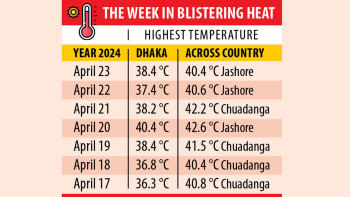



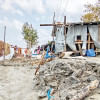
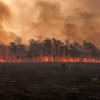




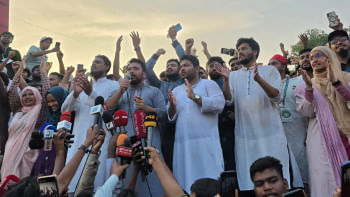
Comments